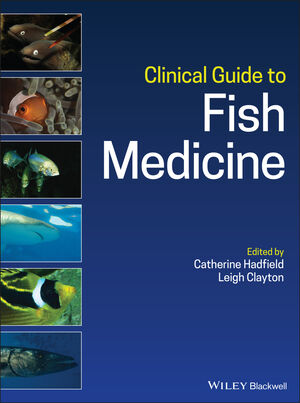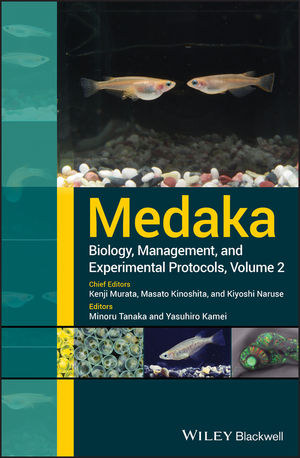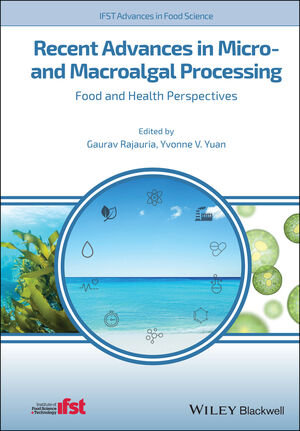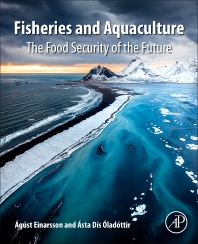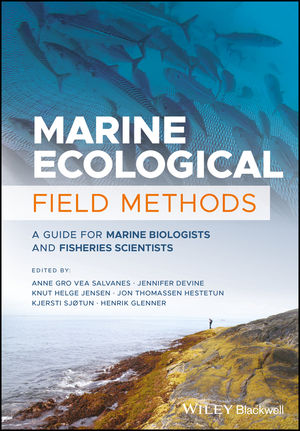
Features
Breeding
Genetics
Genetics Week
Hatchery Hack: How to put a $-value to your broodstock
April 20, 2025 By Nicole Kirchhoff
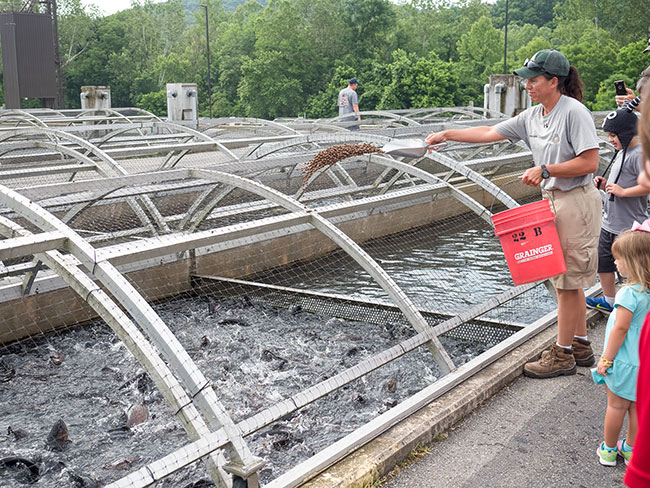 Employee at fish farm feeds pellets to rainbow trout which will be stocked in Table Rock Lake in Missouri, USA. (Photo: Amy Kerk, Getty Images)
Employee at fish farm feeds pellets to rainbow trout which will be stocked in Table Rock Lake in Missouri, USA. (Photo: Amy Kerk, Getty Images) Whether during business planning, valuing your business for sale, or calculating insurance value, at some point every hatchery will be asked to put a dollar value on their broodstock.
This is often where the debate begins, not only because each of these valuations is entirely different, but also because there is no agreed-upon market price for broodstock in our industry.
This past month, I called on three other industry experts to discuss this critical topic:
- Nick King, general manager for SalmoGen;
- Carlos Lopez, director of commercial sales for Spring Genetics;
- Brad Gentner, a natural resource economist and president of the Gentner Group.
It is clear that valuing our broodstock is not easy. As Lopez exclaimed, “It is something we struggle with every year.”
First, let’s talk about a business valuation of broodstock for financial planning and setting a required market price for products. For business reasons, you may calculate the production costs of raising a broodstock to their current age, condition, and fertility. As King explains, you need to “differentiate those first couple of years when they are raised basically as a production fish, from the final year or time leading up to their maturation.”
For example, a five-pound mature tilapia broodstock may have cost a business US$9 in production costs. Or you may instead calculate the production-based value of these broodstock in terms of their offspring production potential, i.e. fecundity, survival rates, and market price of the fish.
“We know the fair market value of [salmon] eggs,” King elaborates “and we can put a value to that. A 10-kg salmon can produce 1200 eggs per kilogram, so presumably 12,000 eggs at whatever the market price is. So that is the value potential of that broodstock.”
This is much more complicated with species such as marine fish that don’t die after they produce eggs, who don’t have an established market price for eggs or brood, and who may have a second market production price for fingerlings.
Instead, an operator must use the best available data, including your business records, to calculate and justify these valuations. Calculating these values helps businesses decide how much broodstock they can afford to maintain and their earning potential for a business over time.
These values, however, may be entirely different, yet somewhat related, to the sales price of this broodstock. Broodstock can be sold either as an ongoing product offering or as an asset of a company up for sale. As a sales item themselves, broodstock may have an established market value.
For example, Spring Genetics sells their tilapia breeders on the world market at a current market price of US$2.50-$3.50 apiece. Broodstock may also be valued as part of the assets of a company at sale, i.e. their future sale potential over the next five to 10 years.
Let’s talk about a real world example. According to public disclosure documents of the recent Benchmark sale of their Salmon broodstock asset, they valued their broodstock assets at $33.4 million for 1,517 MT biomass or $22.02/kg (compare this to a farmgate value of $8.69 per kg as reported for Chilean farmed Salmon in 2024). In this example, no company sold/sells broodstock salmon on the market, and therefore this value required an internal assessment of value.
Finally, insurance companies require valuation as part of a damage assessment. This value may be much lower than the actual value of a brood, but will financially allow a company to recover at the time of catastrophic loss. For companies with more common wild or F1-sourced broodstock, insurance may be a viable and affordable solution.
Gentner explains damage assessment incorporates “all of the losses, the cost of producing that product and their future earning potential, for tax purposes.” As you can imagine, for companies with decades-long breeding programs in the millions, it may be both financially and biologically impossible to put an insurance recovery value on that asset.
As Lopez explains, “You have to self-insure the 12 generation deep genetic material with a back up somewhere else in case of total wipe out, as it is not feasible for insurance companies to value or help recover that asset accurately.”
Therefore, companies must decide if they insure their broodstock in an insurance market or if they invest in a back-up location for their broodstock.
Where it gets complicated, is putting a value to attributes that set your broodstock apart. These are attributes such as genetic value through selection programs which can impact fecundity rates, fertilization rates, spawning consistency, disease resistance, physical condition or appearance, market demand, and growth rate.
For some species, such as salmon, seabream and tilapia, breeding programs have made such large strides, that baselines of many of these production traits have set hard entry barriers into the industry for those who don’t have selected offspring.
King explained, “Genetic potential is accounted for in the market price for the eggs. An egg isn’t worth $0.35 without the genetics that comes with that egg.”
For newer industries, breeding programs will need to show their increased value with hard data. However, if you can demonstrate increased production value for your eggs or offspring, then you can calculate potential cost recovery through your production (i.e. if you are a vertically integrated farm) or through an increased market price of eggs and offspring.
As our discussion concluded, we all agreed that the validation of broodstock is not an easy or static endeavour for any aquaculture business. But hopefully, this short guide will make this complex topic a little easier to understand.
 Nicole Kirchhoff is the owner of Live Advantage Bait LLC (www.liveadvantagebait.com), a wholesaler of warmwater marine fish, fingerlings, and eggs for bait fish and food fish growout, research, and restoration located in Florida, USA. Kirchhoff has a PhD in Aquatic Animal Health and was Hatchery International’s Top 10 Under 40 in 2022.
Nicole Kirchhoff is the owner of Live Advantage Bait LLC (www.liveadvantagebait.com), a wholesaler of warmwater marine fish, fingerlings, and eggs for bait fish and food fish growout, research, and restoration located in Florida, USA. Kirchhoff has a PhD in Aquatic Animal Health and was Hatchery International’s Top 10 Under 40 in 2022.
Print this page
